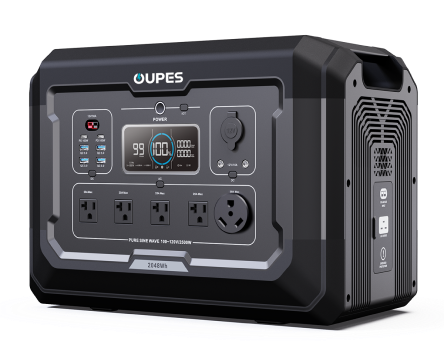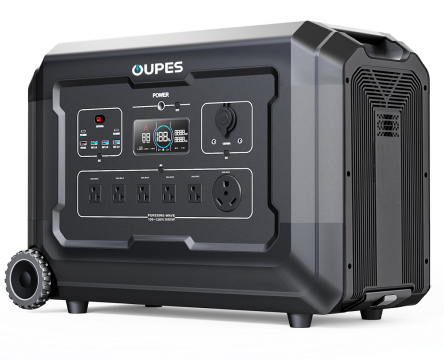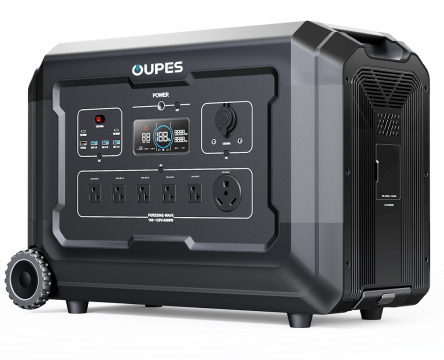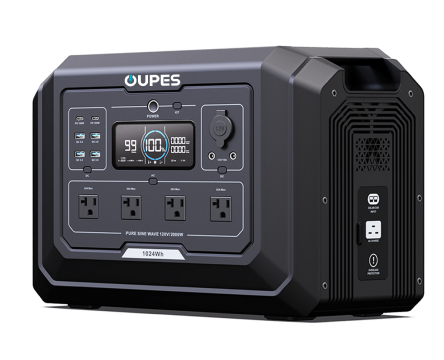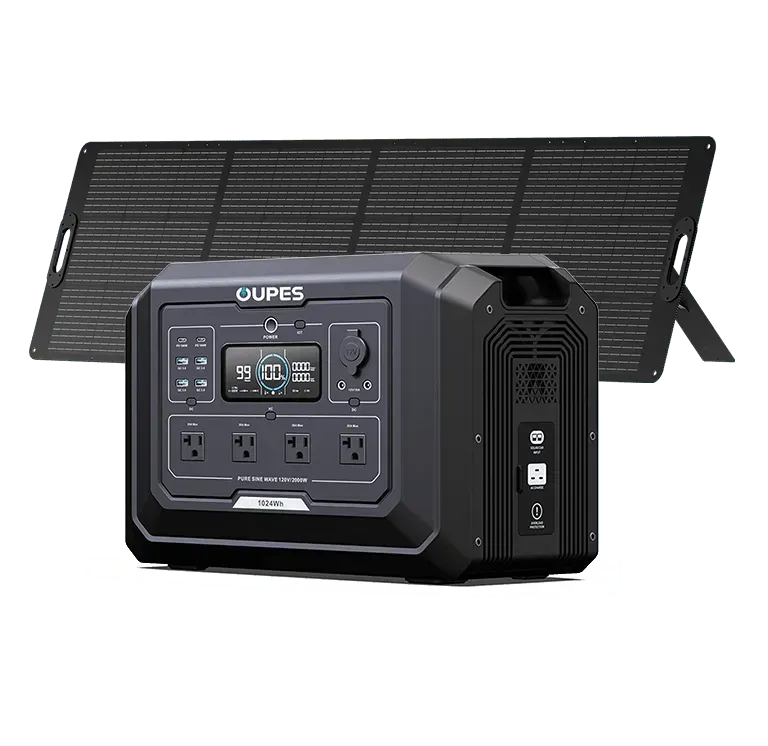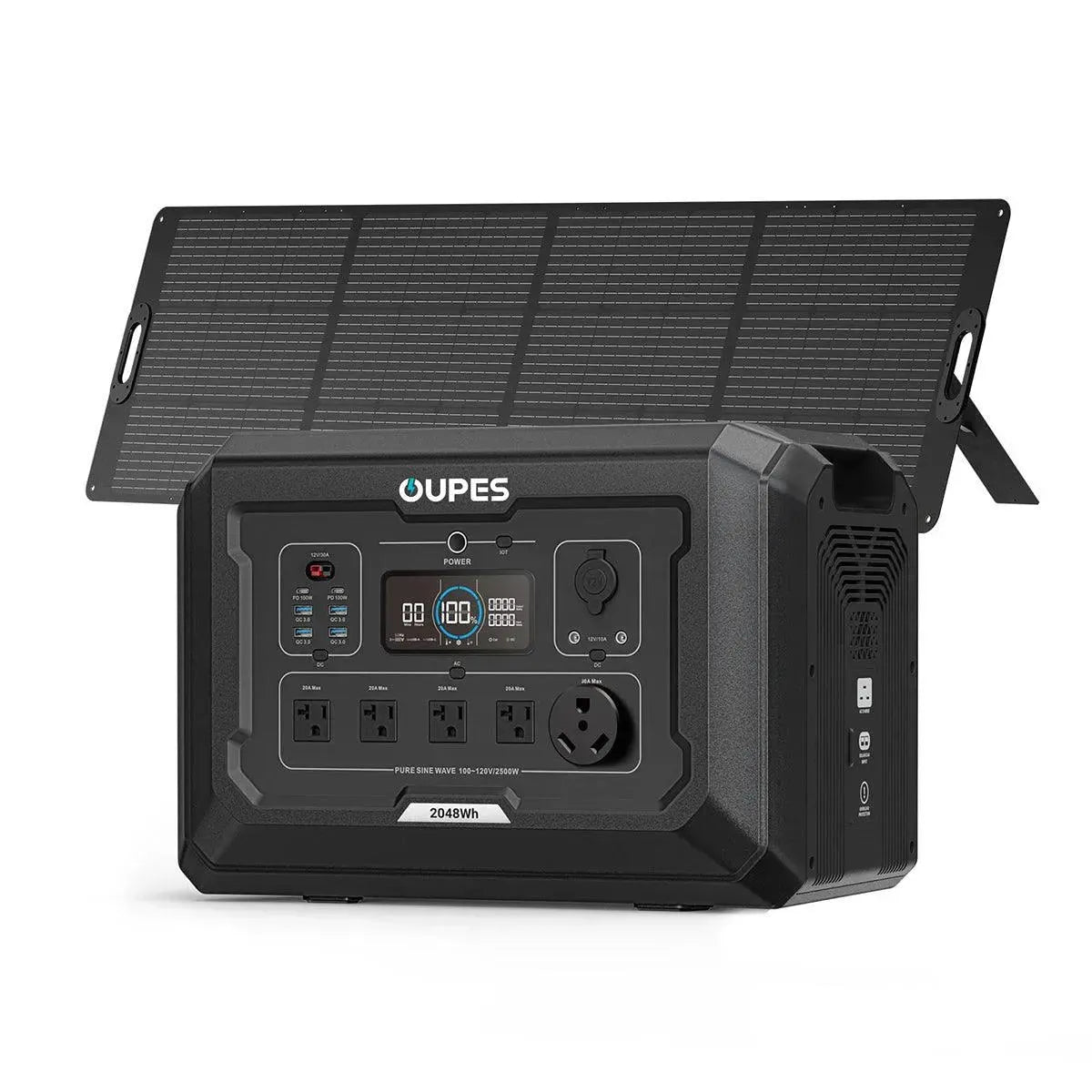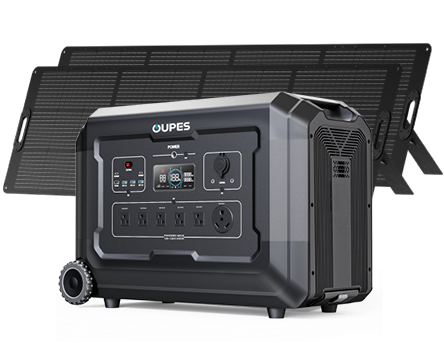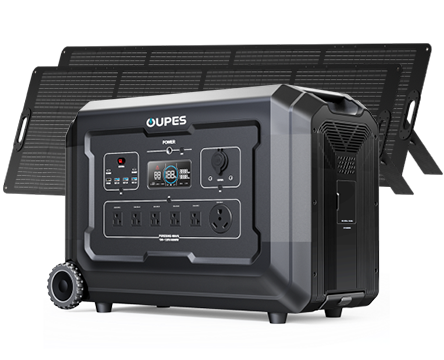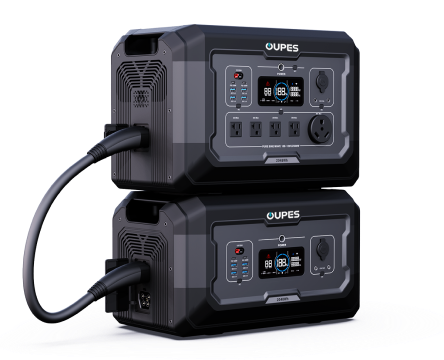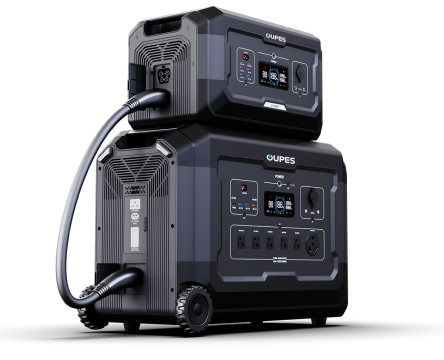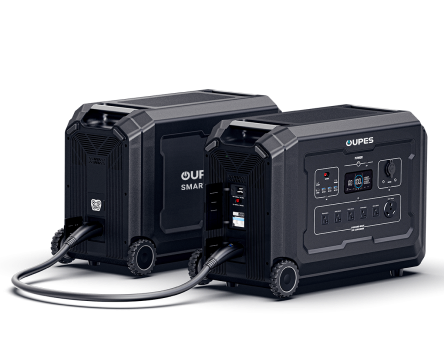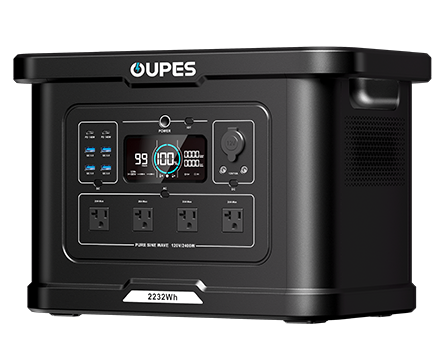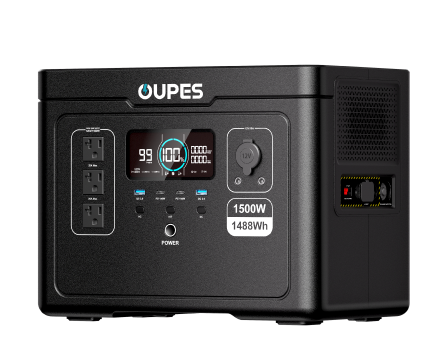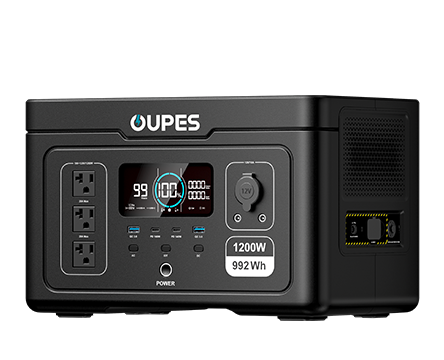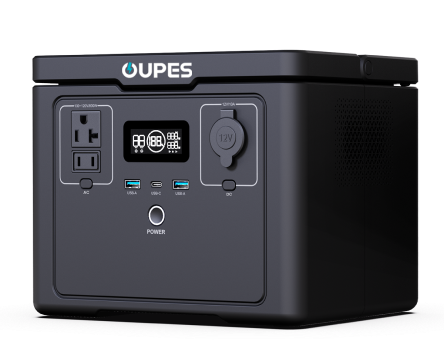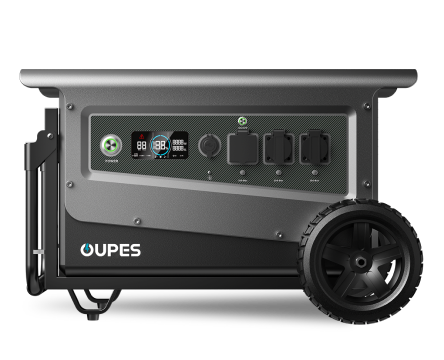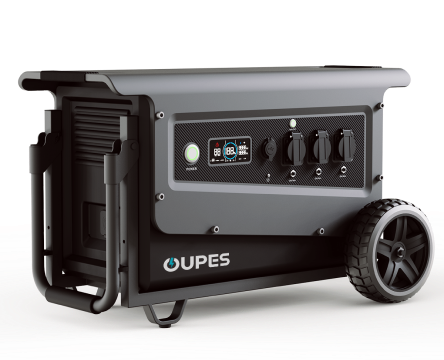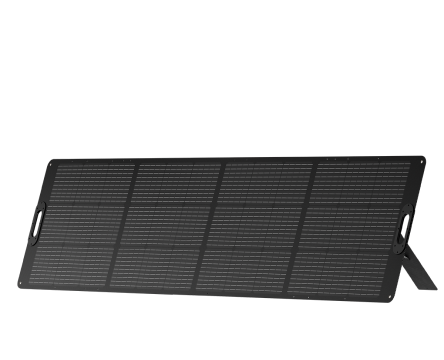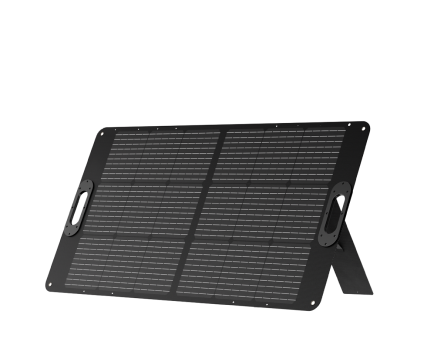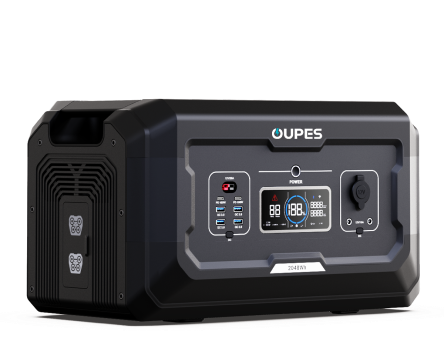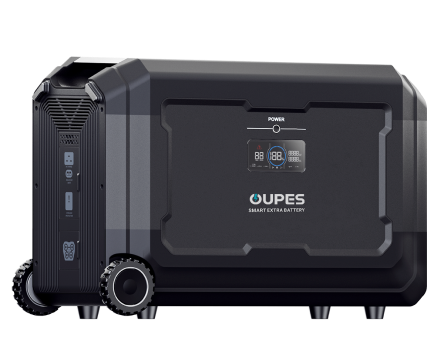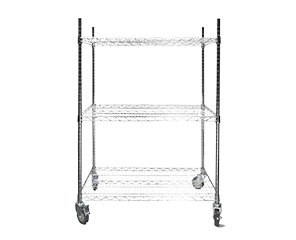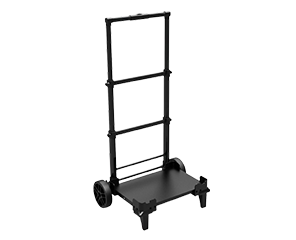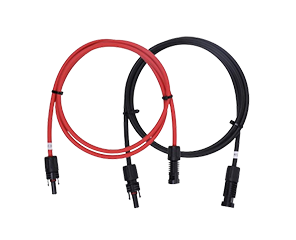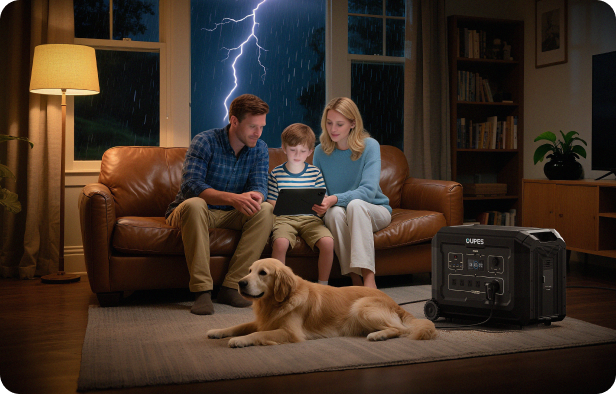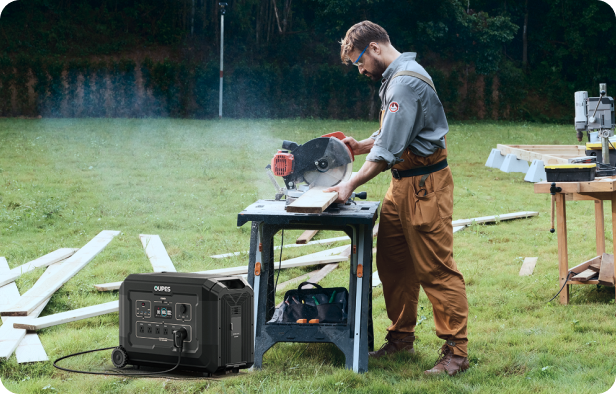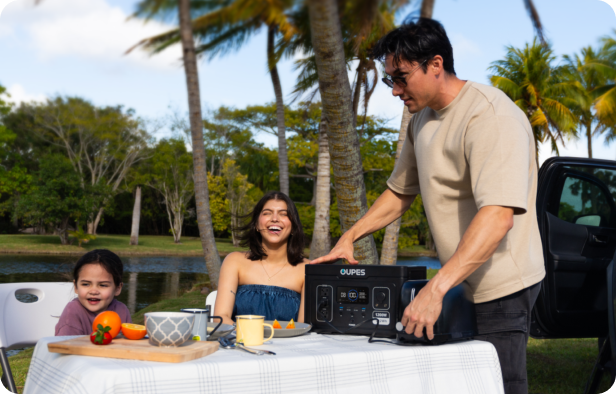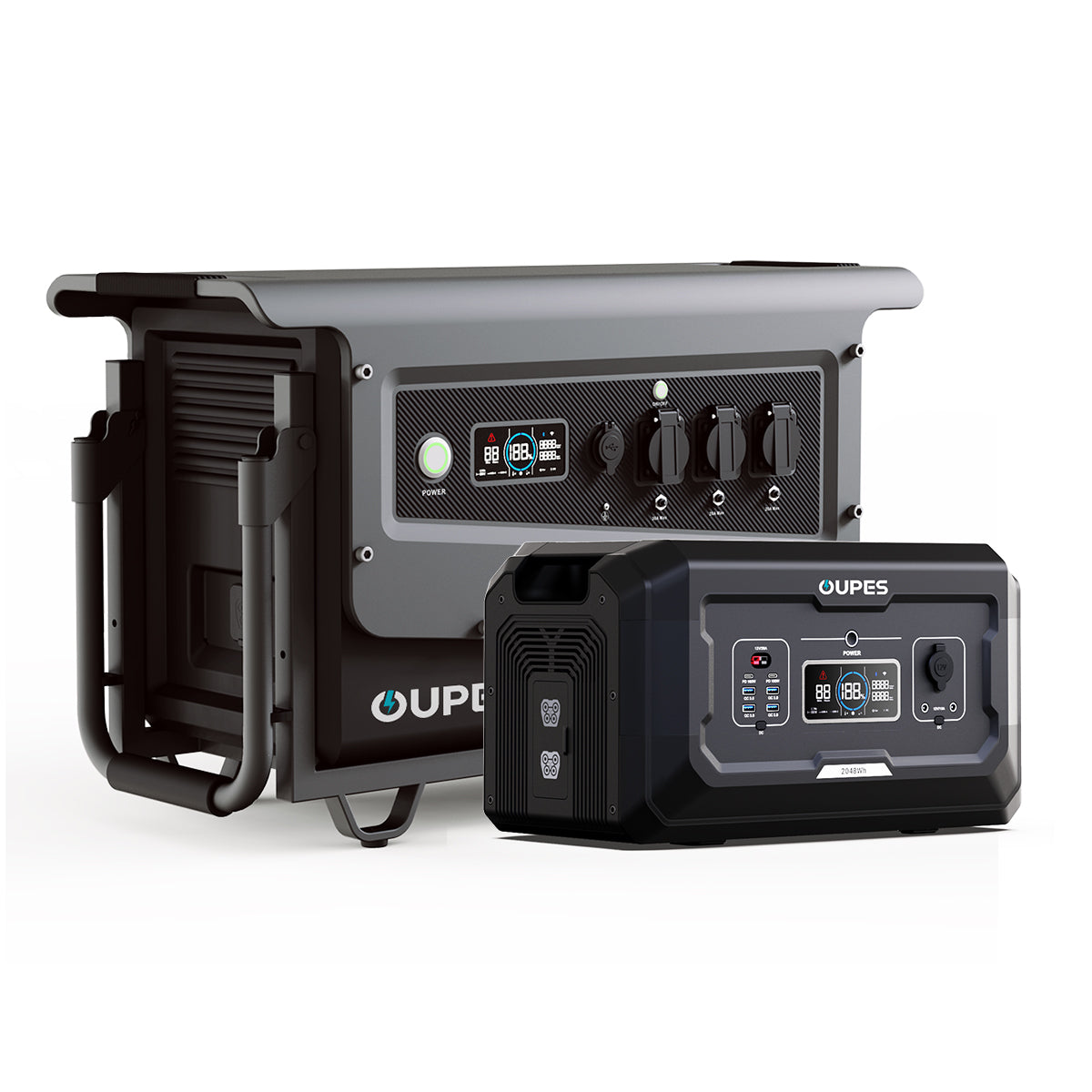
Portable power stations have become increasingly popular as more people seek reliable, off-grid power solutions for outdoor activities, emergencies, and even daily use. Whether you're camping, going on a road trip, or just need backup power during an outage, the right portable power station can make all the difference. However, with so many options available, choosing the right size can be a daunting task. If you're unsure about what size portable power station you need, this guide will help you navigate the various factors to consider and make an informed decision.
Understanding Your Power Needs
The first step in determining the size of the portable power station you need is to understand how much power you require. Different devices and appliances consume varying amounts of energy, and it's crucial to know the wattage of the items you plan to charge or power with your portable station. For instance, a smartphone typically consumes 10 to 20 watts per hour, while a laptop might use anywhere from 30 to 60 watts per hour. Larger appliances, such as a mini-fridge or power tools, can use much more, sometimes hundreds of watts per hour.
When assessing your power needs, make a list of the devices you plan to charge or run. Add up the total wattage of all these devices to get a rough estimate of the power consumption. Keep in mind that some appliances may have surge wattages, especially when initially turned on. This surge is higher than the continuous wattage they consume during normal operation. For example, a refrigerator or pump may have a surge wattage of two to three times its normal running wattage. Ensure the portable power station you choose can handle these spikes, or you may experience issues with powering your devices.
It’s also helpful to consider how long you need your devices to run. Are you looking for a quick charge to keep your phone running for a few hours, or do you need several days of power for a larger setup, such as a camper van or a home office in case of power failure? The runtime will depend on the battery capacity (measured in watt-hours or Wh) of the portable power station and the power consumption of your devices. A larger capacity unit will typically run devices for a longer period, but it may also be bulkier and more expensive.
Different Power Station Sizes: Which One Is Right for You?
Portable power stations come in a variety of sizes, typically classified into small, medium, and large categories based on their battery capacity and output wattage. Small units, ideal for casual use such as charging smartphones, tablets, and laptops, tend to be compact and lightweight. Medium-sized stations are more suitable for powering devices like mini-fridges, electric grills, or power tools. Large power stations, on the other hand, can handle multiple appliances and are perfect for long-term use or running larger systems like RVs, medical devices, or entire homes during power outages.
Small power stations (with capacities ranging from 150 Wh to 500 Wh) are perfect for short trips or small-scale use. They can power personal electronics, small lights, and small gadgets for a day or two. A medium-sized power station (with capacities between 500 Wh to 1,000 Wh) is great for weekend trips or to power multiple devices over a longer period. These units can handle items like a laptop, a portable fridge, and some light appliances simultaneously.
For longer-term power needs or more demanding devices, a large power station (with capacities above 1,000 Wh) is ideal. These models can power multiple devices for an extended period and even run larger appliances like a TV, power tools, or a full-sized refrigerator. They are often used for off-grid living, RV trips, or emergency preparedness.
While larger units are powerful, they also come with a higher price tag and greater size and weight, which can be less portable. Choosing the right size involves balancing your power needs with portability and budget. If you need to power several devices for a weekend camping trip, a medium-sized station may be your best option. If you plan to run multiple larger appliances or need backup power for an extended period, then investing in a large power station might be necessary.
How to Calculate the Right Battery Capacity
Once you have a general understanding of the type of power station you need, it’s essential to determine the right battery capacity. This is where understanding watt-hours (Wh) comes into play. Watt-hours represent the amount of energy a battery can store and deliver over time. A higher watt-hour rating means the battery can power devices for a longer period.
To calculate how much battery capacity you need, you must first calculate the energy consumption of the devices you plan to use. To do this, multiply the wattage of each device by the number of hours you plan to use it. For example, if you want to run a 50-watt laptop for 5 hours, you’ll need 250 Wh of battery capacity (50 watts × 5 hours). Repeat this calculation for each device you want to power, and add them together to find the total energy consumption.
For a practical example, let’s say you want to run the following devices for a day:
- A laptop (50 watts for 6 hours)
- A smartphone (10 watts for 3 hours)
- A small fan (30 watts for 4 hours)
The total energy consumption would be calculated as follows:
- Laptop: 50 watts × 6 hours = 300 Wh
- Smartphone: 10 watts × 3 hours = 30 Wh
- Fan: 30 watts × 4 hours = 120 Wh
In total, you would need a portable power station with a battery capacity of at least 450 Wh to power these devices for one day. Of course, you should also factor in some buffer to accommodate for any surge power and to prevent draining the battery completely. This will ensure that the power station operates efficiently and has enough capacity to last through the entire period.
Portability and Weight Considerations
Another important factor when choosing a portable power station is its portability and weight. If you're planning to use the power station for outdoor adventures like camping, hiking, or road trips, you’ll want a unit that is easy to carry around and transport. Larger power stations, while capable of powering more devices, can also be quite heavy and bulky. Smaller units, though lighter, may not have the battery capacity to meet your needs for extended use.
A typical small power station weighs anywhere from 3 to 8 pounds, making it highly portable and ideal for short trips or to throw in a car for emergency use. Medium-sized power stations can range from 8 to 20 pounds, which is still manageable for most people, especially if you’re using it for a few days. However, larger stations, particularly those above 1,000 Wh, can weigh upwards of 25 pounds or more. If weight is a significant concern, consider a station with a higher watt-hour rating that remains within your preferred weight range.
Another feature to consider for portability is the design of the power station. Look for handles or wheels for easy transport, especially if you plan to use it in a stationary location like an RV. Some larger power stations are designed with wheels and telescoping handles to make transportation easier. Additionally, check for features like weather resistance, which can be helpful if you plan to take the power station outdoors in various conditions.
Additional Features to Look For
When purchasing a portable power station, it's important to consider additional features that can enhance the overall user experience. Depending on your needs, certain features may be more important than others. Here are some to keep in mind:
-
Input and Output Ports: Ensure the power station has the appropriate ports for your devices. Look for USB-A, USB-C, and AC outlets, as well as DC ports. Having a variety of ports gives you more flexibility in charging different devices simultaneously.
-
Solar Charging Capability: Many portable power stations are compatible with solar panels, allowing you to recharge them during outdoor activities. If you plan on using the power station for off-grid adventures, choosing one that can be recharged by solar power is a great feature to have.
-
LCD Screen: An LCD screen can provide valuable information about the remaining battery life, power input/output, and other critical data. This helps you manage the power station more effectively and avoid running out of juice unexpectedly.
-
Inverter Type: A pure sine wave inverter is preferable for sensitive electronics, such as laptops, cameras, and medical devices, as it provides clean, stable power. Modified sine wave inverters are generally cheaper but may not be suitable for all types of electronics.
-
Recharge Time: Consider how long it takes to recharge the power station fully. If you're using it frequently or for long periods, a faster recharge time can be a significant advantage.
Conclusion
Choosing the right size portable power station is essential to meet your specific needs. By understanding your power consumption, evaluating different power station sizes, and considering portability and additional features, you can make an informed decision. Whether you're powering small devices for a few hours or running larger appliances for days, there’s a portable power station that can meet your requirements.
Remember, it’s not just about the size—consider the types of devices you want to power, how long you need power, and any extra features that will make the unit more versatile. By carefully evaluating these factors, you’ll be well-equipped to choose a portable power station that will serve you well for years to come.

